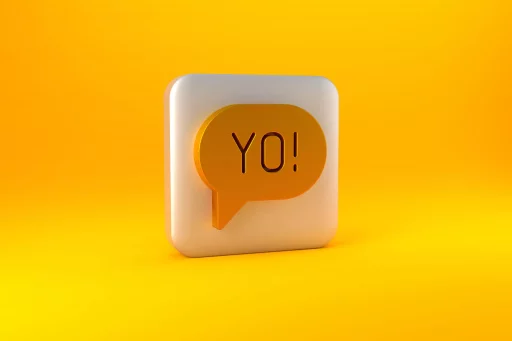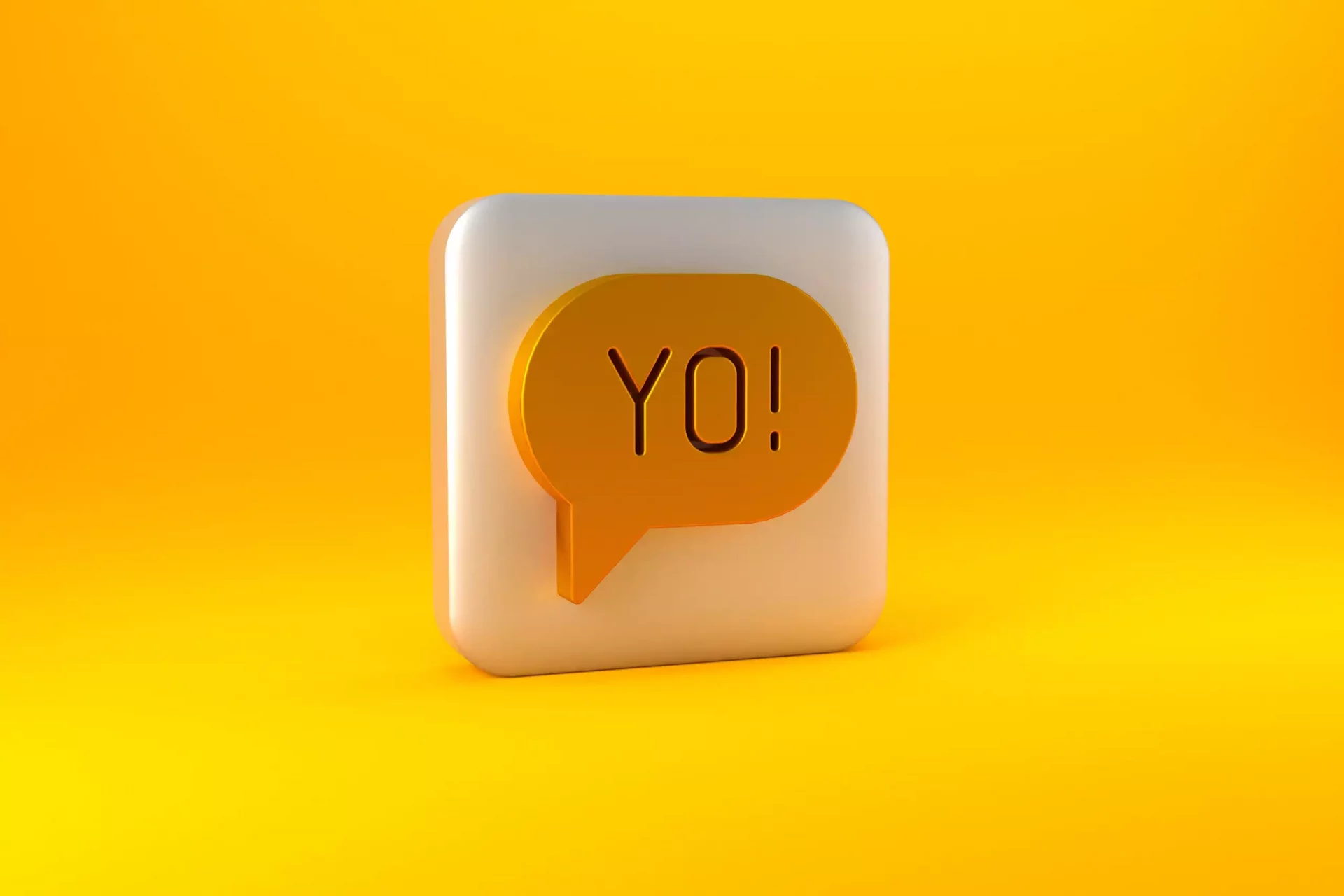Introduction
In the digital age, texting has become one of the most prominent forms of communication. With the rise of instant messaging apps, a plethora of abbreviations and acronyms have emerged to keep up with the fast pace of conversation. One of the most commonly used acronyms is ‘IDK’, standing for ‘I Don’t Know’. This simple expression conveys uncertainty or lack of information. But what is the significance of IDK in texting? How has its usage evolved? In this article, we’ll explore the meaning, examples, and the broader implications of using this acronym in modern communication.
The Meaning of IDK
‘IDK’ is a quick way to express that someone is unsure about a question or topic. It’s often used in casual texting among friends, family, or even in some professional contexts. The brevity of this acronym allows for swift communication, which is crucial in the fast-paced world of texting.
Examples of IDK Usage
Understanding the context is essential for grasping how ‘IDK’ is utilized. Here are some common examples:
- Friend: “Are we still on for the party tomorrow?”
You: “IDK, I haven’t heard from Sarah yet.” - Colleague: “What time is the meeting?”
You: “IDK, can you check the calendar?” - Parent: “Do you know where your keys are?”
You: “IDK, I thought I left them on the table.”
In all these examples, ‘IDK’ provides a quick and concise way to communicate uncertainty without needing to provide a long explanation.
The Importance of Context
While ‘IDK’ seems straightforward, the effectiveness of this acronym largely depends on context. In an informal conversation among friends, its use can be light-hearted and understood without issue. However, in a professional context, using ‘IDK’ might come across as too casual or even unprofessional, leading to misinterpretations of competence or engagement.
Case Studies: IDK in Different Demographics
Understanding how different groups use ‘IDK’ can shed light on its cultural significance:
- Teens and Young Adults: This demographic frequently uses ‘IDK’ in casual conversations and social media. A study by Pew Research found that 92% of teens reported communicating via text regularly, where acronyms like ‘IDK’ are a staple of their interactions.
- Workplace Communication: A survey conducted by LinkedIn indicated that 70% of professionals use texting for work-related communication. Here, ‘IDK’ appeared as a quick response among colleagues, often paired with a clarification or follow-up question.
- Different Cultures: Usage can vary by region. In some cultures, shorthand like ‘IDK’ is embraced, while in others, it could be seen as too informal. For instance, in Asian cultures, traditional communication styles often dominate, making the casual use of acronyms less acceptable.
Statistics on Texting and Acronyms
To put the significance of ‘IDK’ into perspective, here are some compelling statistics:
- According to a report from Statista, as of 2022, over 90% of smartphone users engage in texting.
- Clutch.co found that 64% of millennials use texting as their primary means of communication.
- A survey from Business Insider reported that 76% of people regularly use acronyms in their messaging.
These statistics underline the ubiquity of texting and the growing reliance on shorthand communication, which includes ‘IDK’.
Conclusion
‘IDK’ is more than just an acronym; it symbolizes the evolution of communication in our fast-paced, digital world. Its usage among different demographics highlights its role in casual and formal conversations alike. As texting continues to dominate our methods of communication, understanding the nuances of acronyms like ‘IDK’ becomes essential. Whether you’re chatting with friends or colleagues, knowing when and how to use ‘IDK’ can enhance your conversational efficiency and clarity.


